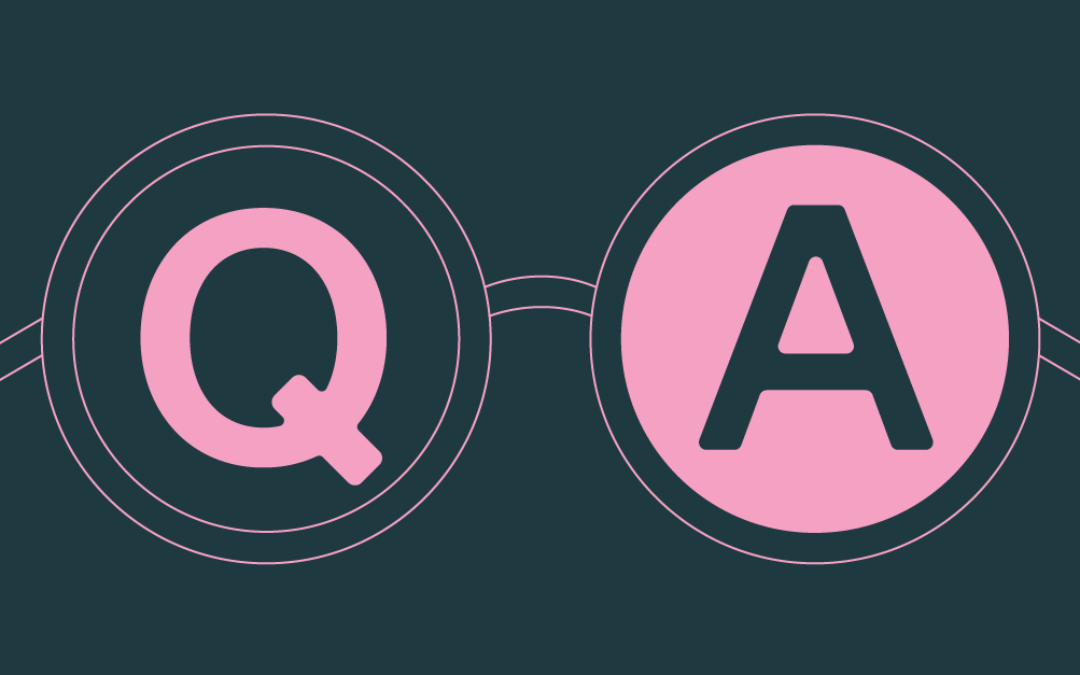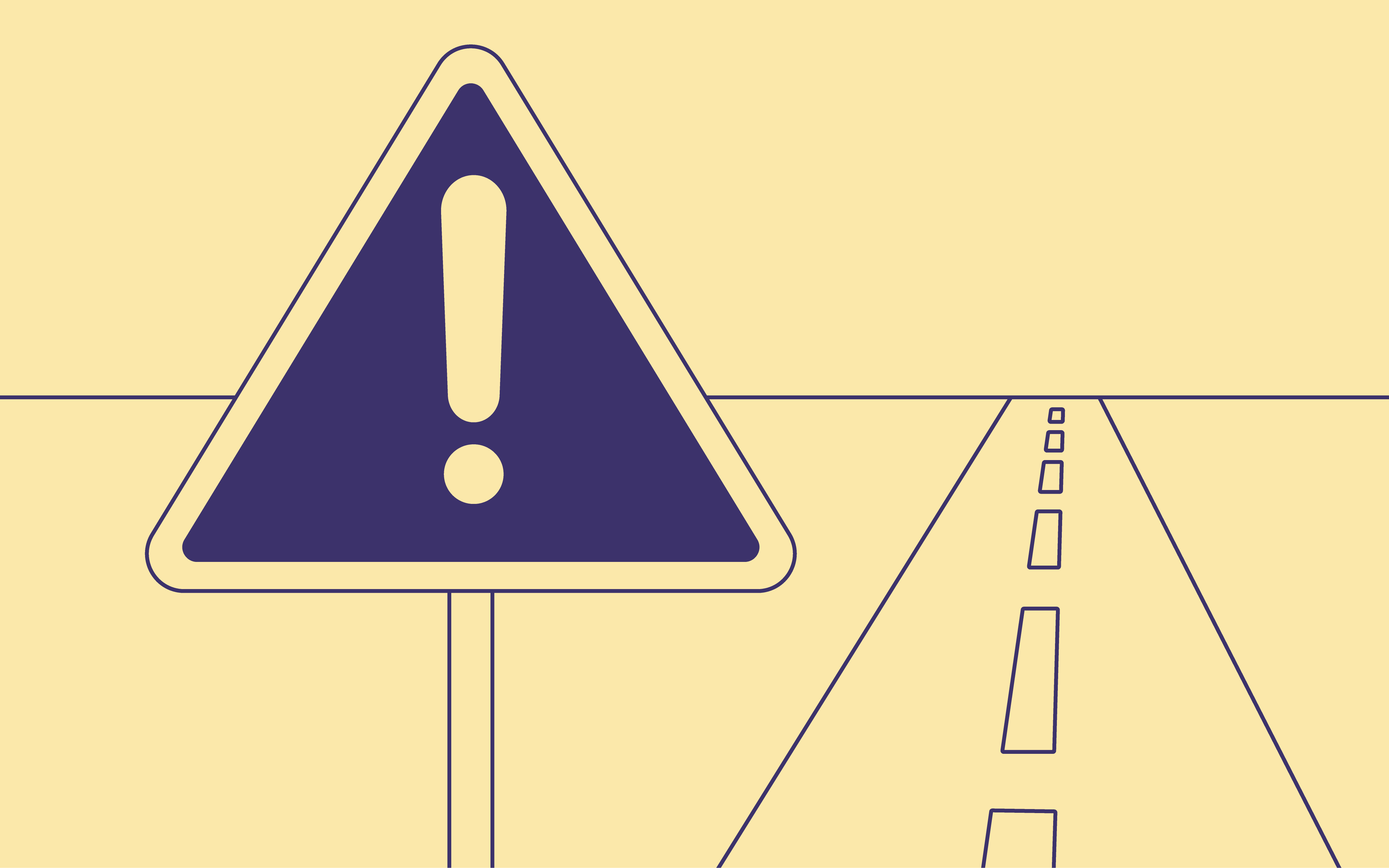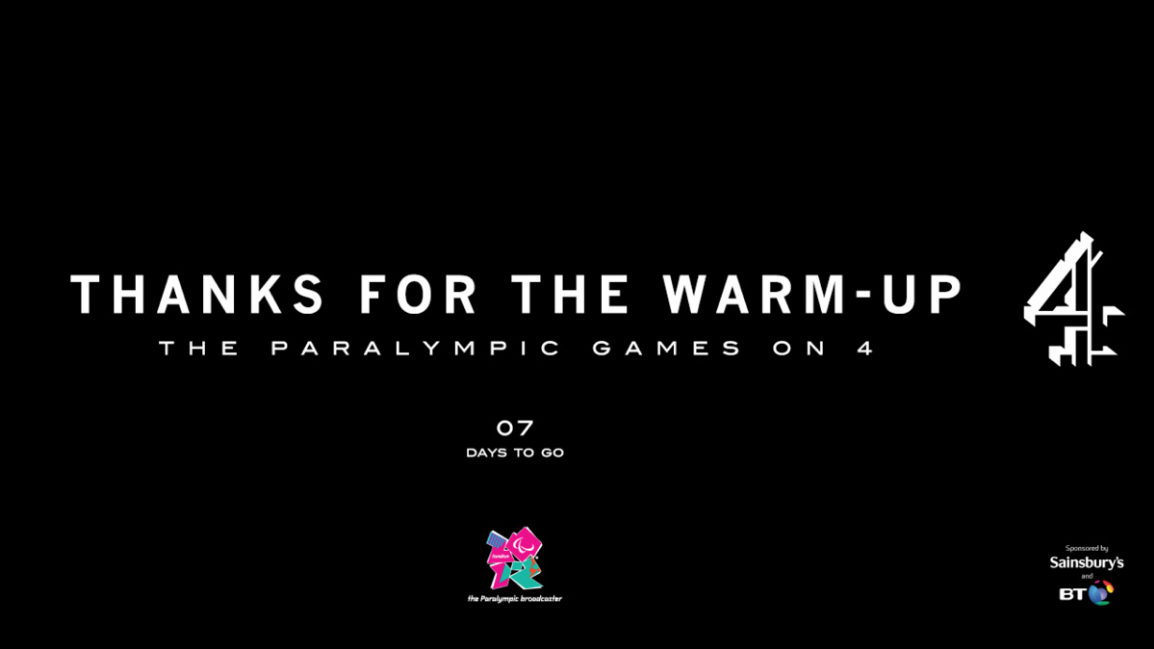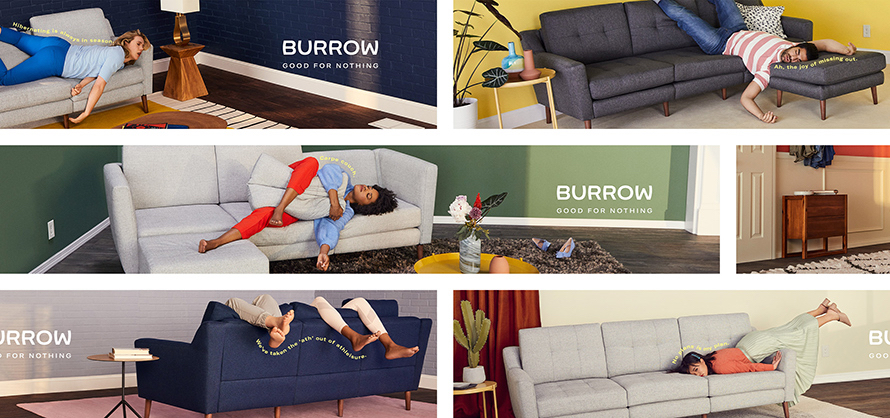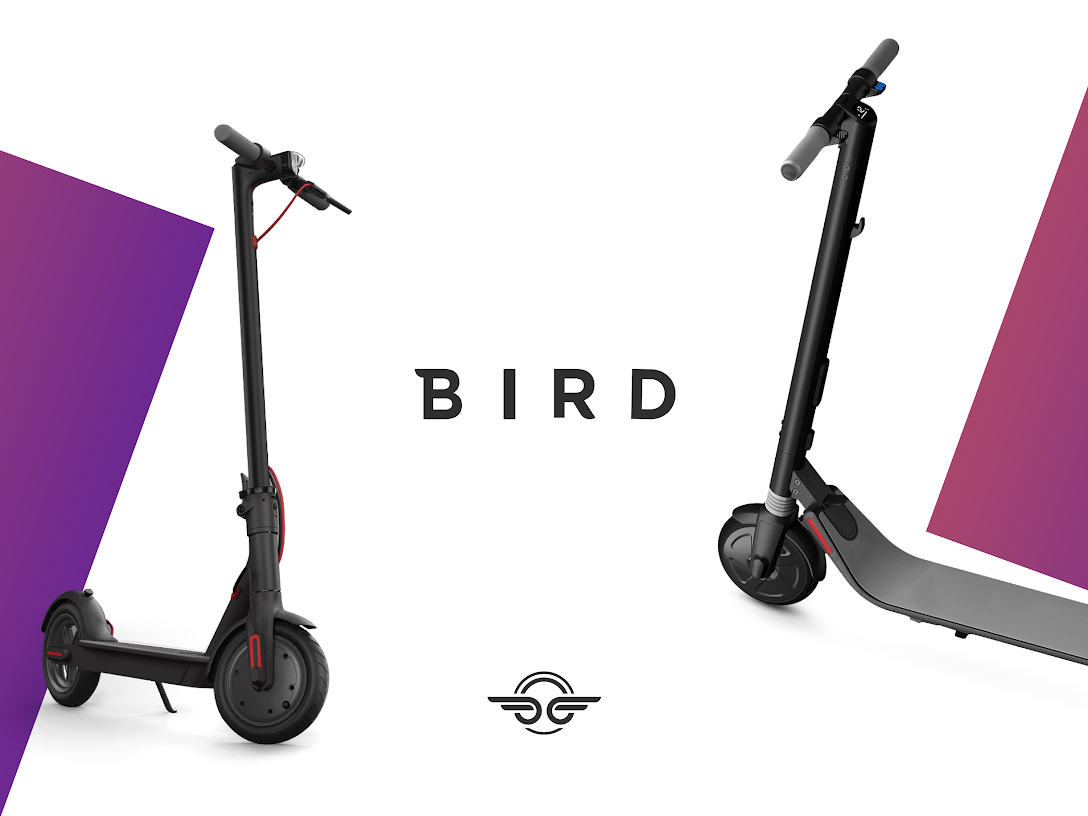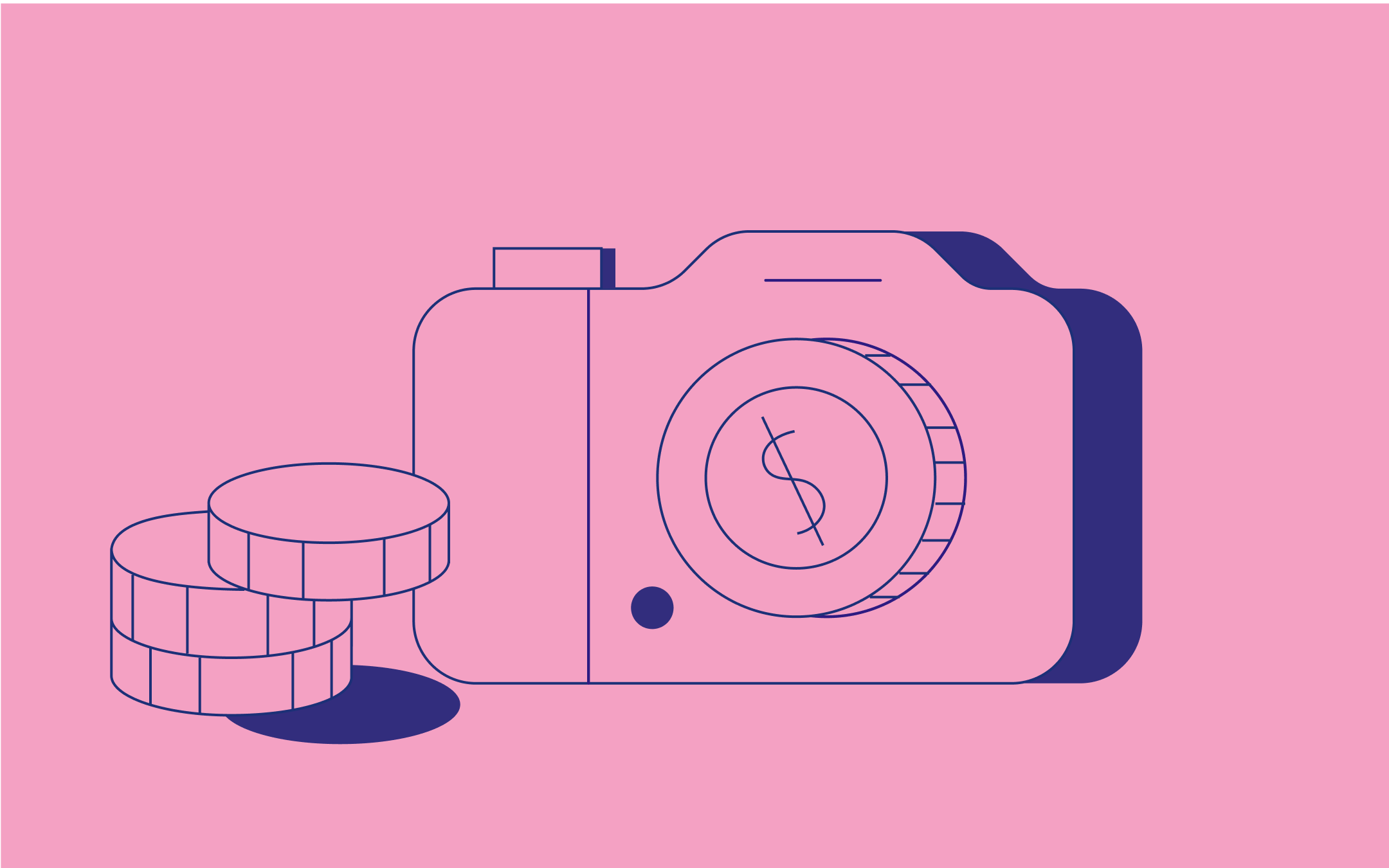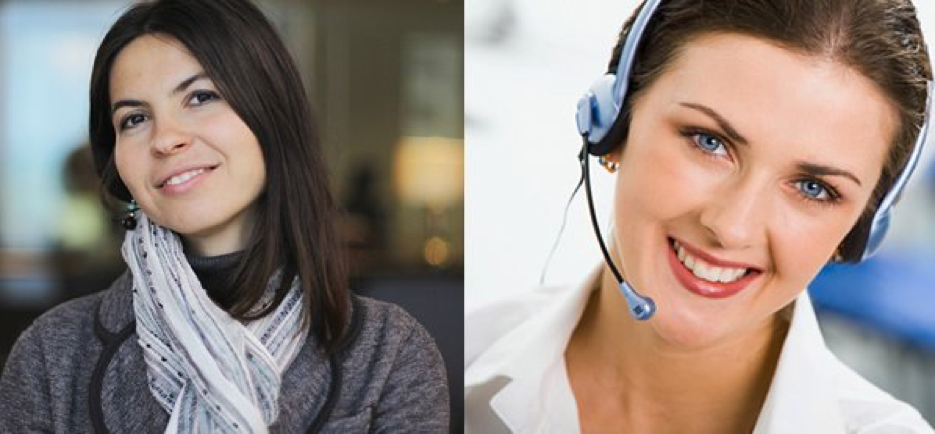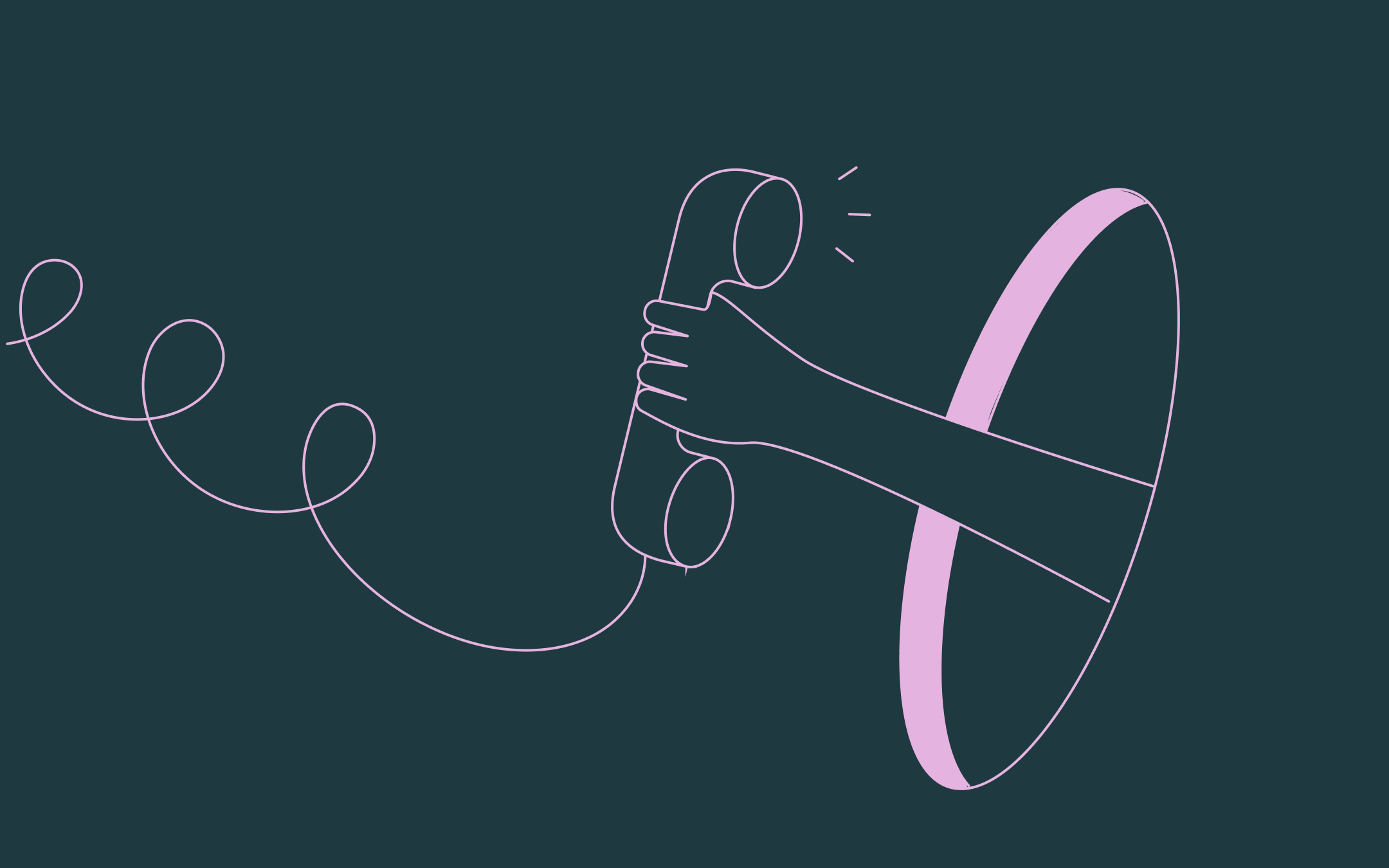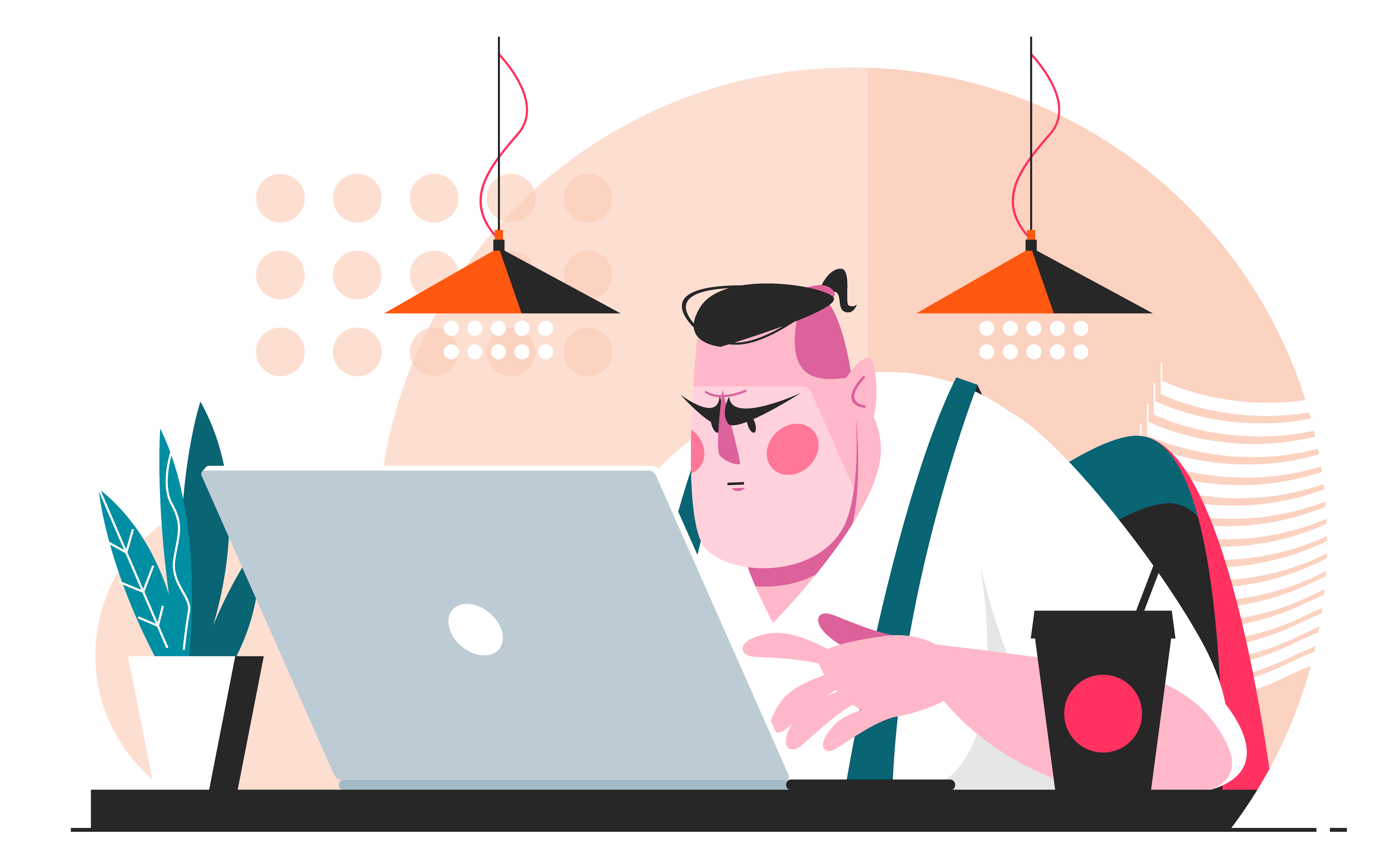As 2023 winds down, odds are you’ve already set your goals for 2024 and are taking these last couple of weeks to tie up loose ends and get ready to take a running leap into Q1. But before you turn out the lights on the year, we have one piece of advice: if a rebrand is something you’re considering before the end of Q2, the time to start is now.
“Starting now” doesn’t mean kicking off the project. But it does mean you need to socialize the endeavor with your leadership team, clarify the goals, secure budget, identify internal teams and resources, define the brief or create an RFP, find the right agency partner that can deliver the work based on your timing and budgets, and get all the appropriate agreements in place. All of this takes time—time you don’t want to steal from the strategic work that goes into the rebranding process.
Make the time to go slow
A rebrand is never a cookie-cutter project (and beware of those who claim otherwise). Because brand impacts every part of your organization, the process is as much about building internal alignment as it is about creating a new story, identity, or positioning. You need to make time to explore the implications that moving in different directions can have on your business. You need to create space to surface philosophical differences and provide the frameworks for getting people on the same page. You need to understand what different teams require of the new brand and how they can put it to use. The more deeply you can dive into these conversations, the better chance of seeing the essence of your company come to life in stunning language, arresting design, and experiences that set you apart.
When you need it yesterday
Over the years, we’ve seen the New Year brings a desire to make things new, and 2024 will be no different. Maybe a competitor that jumps into January with a refreshed brand or a story that tilts the playing field away from you. Maybe a new opportunity asks you to rethink your positioning or dial up your differentiation. Maybe a new round of funding translates into headcount and the need to elevate your employer branding.
While you can address things like product positioning or messaging updates with short-term solutions, bigger brand-related conversations beg for deeper consideration. You can certainly shore up your website copy and discuss new features and functionality without needing a brand overhaul. But when your company is ready to go to market in a new way, it’s time to take a deep breath and start planning for a rebrand.
The cost of delay
The longer you wait to get the gears in motion, the harder it can be to reach your organization’s goals. Sales kick-offs, trade shows, customer and investor roadshows, and other activities can put your project on the back burner. And, like someone showing up to the Oscars in an outdated outfit, you’ll be missing opportunities to attract the attention you need to grow.
Here’s the good news: without making any big budget outlays, there are steps you can take right now to ensure you’re in control of the timing for when you update your brand:
Lay the Groundwork
Start the internal discussions with your key stakeholders to build alignment on goals, expectations, timing, and budgets.
Identify an Agency
Research potential agencies that align with your business, your vision, and your values. Look for an agency that knows your space and has worked with companies at your stage of growth.
Prepare an RFP or Creative Brief
Detail your branding objectives and requirements, including timelines, key deliverables, events you want to leverage for a brand rollout, and your desired budget. The more complete the story you tell about what you want, the easier it will be to find an agency that can deliver.
Select an Agency
Meet with your top agencies, review their proposals, and meet their teams. A branding project will span months, and chemistry is crucial to ensuring good communication and a positive engagement style throughout.
Procurement & Planning
Onboarding an agency, finalizing SOWs, and scheduling planning sessions all take time. Depending on your organization’s procurement process, account for this time accordingly.
Preparing for Kick-Off
Gather all the necessary materials that will help your agency hit the ground running, including documents, product demos, and research. Identify key stakeholders early to avoid project delays during interview scheduling.
If you are planning any brand initiative in 2024, we can’t overstate the importance of starting the process sooner rather than later. When the process gets underway, you’ll undoubtedly encounter challenges you hadn’t predicted and twists and turns that you’ll be grateful to have some extra time to address.
If you’re contemplating going on a rebranding journey and are looking for guidance, Emotive Brand is here to help. Let us know how we can help you get ready to jump into the process.





